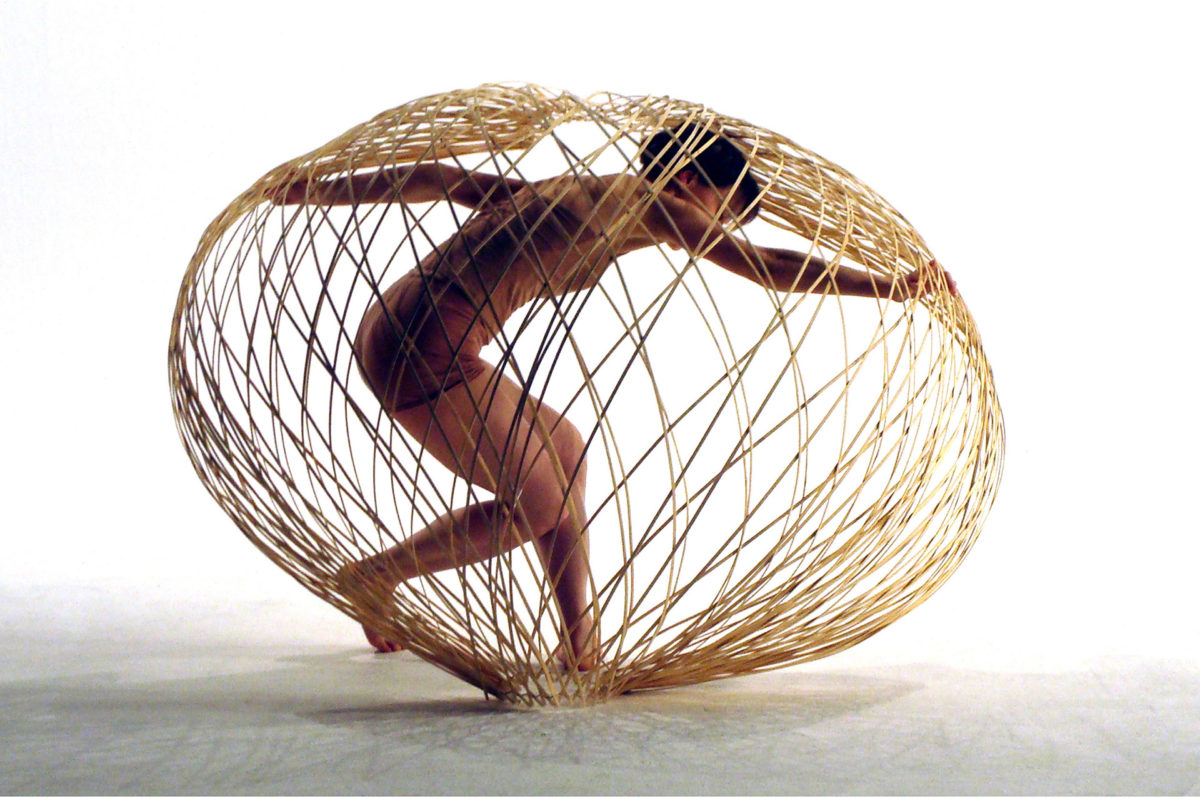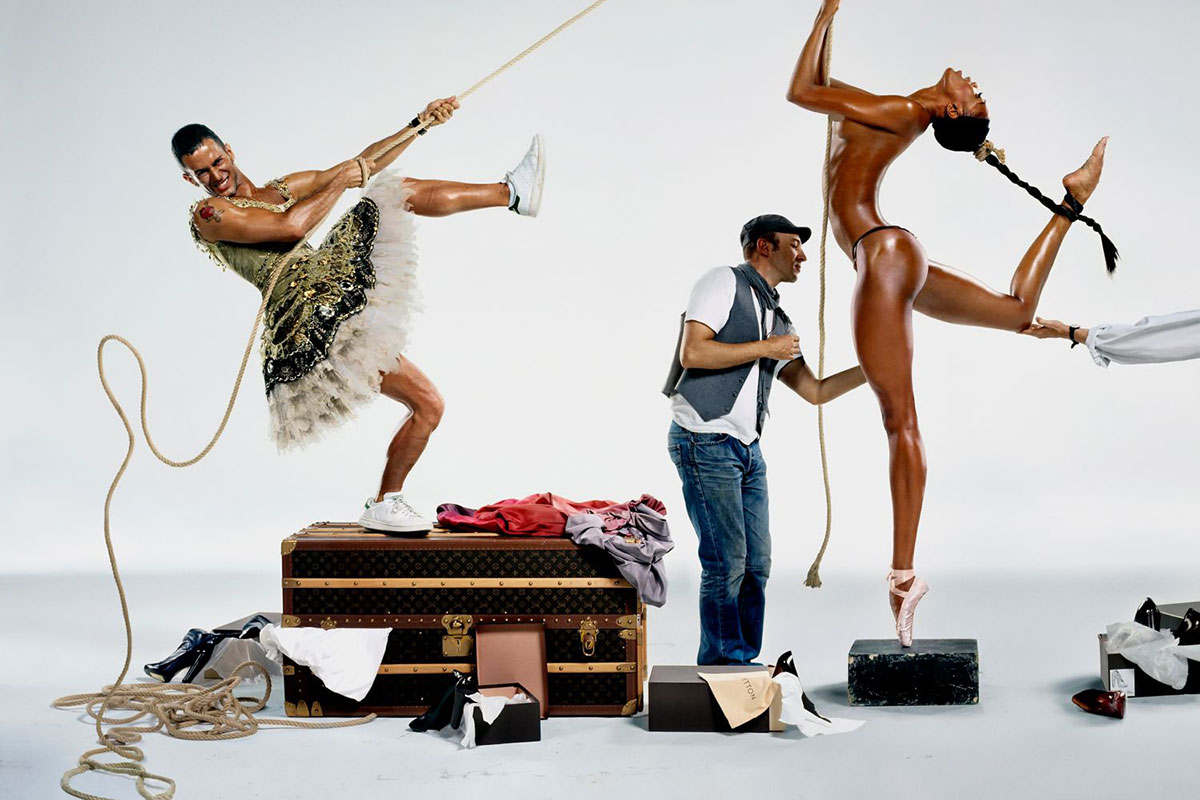It is a period of reflection and relates to aesthetics, taking place before considering the restraints of production. Intw Harikrishnan
Giorgia Fuzio in conversation with Harikrishnan
How do you bring a vision into full-fruition? Forming ideas, images and concepts means to operate beyond the input of our physical senses. It is a period of reflection and relates to aesthetics, taking place before considering the restraints of production. Design is the process that precedes the discipline of manufacturing. Our Fashion Editor Giorgia Fuzio in conversation with Harikrishnan.
Proportions and curvatures
It all started in my childhood when my dad gifted me a book to study anatomy and proportions, considering my interest in drawing. It was one of those classic books used by fine art students and artists for anatomical and nude study. I remember I had this obsession for the body. Every time I draw a pose I try to alter the proportions a bit to make it different to that in the book. Those proportions and curvatures are still in my head. I stopped drawing at some point in life.
After my 10th grade, I got obsessed with my body and wanted to recreate those proportions I saw in the book through myself. This reached a point where I started seeing the body as a medium to express feelings and emotions. The next four years i was working in parallel to my BA fashion design to place myself in professional bodybuilding. After my first national contest, I was devastated and end up quitting bodybuilding. My mind was looking for a medium to communicate and push my limits.
The importance of having a vision
Fashion was my only choice to express myself. From bodybuilding I learned the importance of having a vision. It could be anything but not normal. You need to dig deep to stand out and set aside yourself from the rest. It could be the way you enhance the proportions of yourself or the presentation of those proportions or a combination of both. I applied the same with my practice in fashion as well. It helped me interpret and enjoy the beauty of proportions and helped me open my mind to accept and celebrate the extremes.
The idea about this research cast a light when I was playing with my dog. I was aware of dogs vision and differences compared to humans, but the interesting aspect was the exaggeration of objects viewed from such a low angle, reminding me of fisheye lens images and wondering if he sees the same way others see. Visualising the world through his eyes was exciting and humorous with strange possibilities in terms of proportions.
Celebrating the extremes of the human form
The thought of him seeing me as a giant figure or not seeing my head was quite puzzling. I decided to visually reimagine the people around me through the game of distortion, inspired by his eyes. My challenge with this collection was to seek the essence of the human form in a dimension that goes beyond the normal yet not grotesque like the depictions of Jean-Paul Goude. Celebrating the extremes of the human form.
Out of all the senses, the visual perception is the key to understanding, information transfer and memory. Most of our thought process depends on visual consumption. As I live in an era where I am visually exposed to what is more than required, I often find myself in a state of visual neutrality and dilution. Especially in fashion, I see the same imageries, similar proportions everywhere. If this is the case my thoughts are going to be one dimensional and mundane.
We often fail to notice the backstory and inspirations behind the visuals that inspire us. It is important to dig deep and question and analyse the visuals we see. This is a very enlightening process because you analyse the visuals and reflect rather than simply reflecting the visuals. For me when I see a photo or read a piece of poetry (my daily dose of inspiration) I try to think from the author’s point of view: how did he think of something like that? What was his thought process?
Getting inspired by culture
This always fascinated me, perhaps this is where I start my research. Some people get inspired by cultures, some from music, my inspirations come from the thought of what and how ‘somebody is inspired or think’. This gives me a lot of resources to work with. It also comes with its own cost. In this way, it is hard to pick visual elements here as this is a more psychological approach to design and therefore might put you in a loop.
The psychology of familiarity and unfamiliarity was manipulated in this collection to create imagery which elevates the clothing to a sculptural level forcing the viewer to stop and think. This is a not-easy-to-digest collection for the audience. This will make them question things. That’s what I want from my creations. They have to start new dialogues.




















